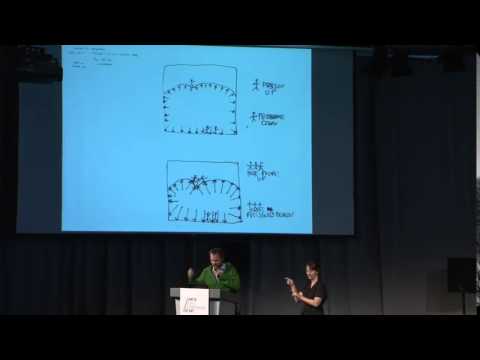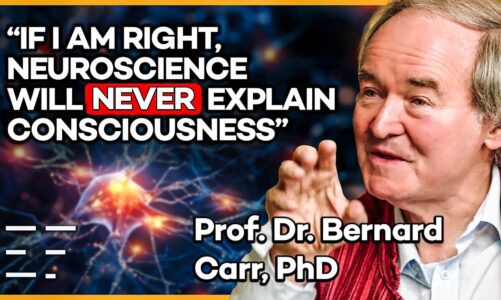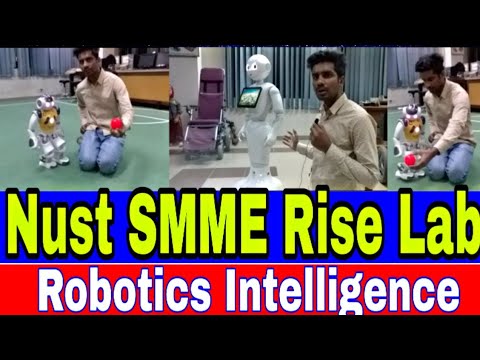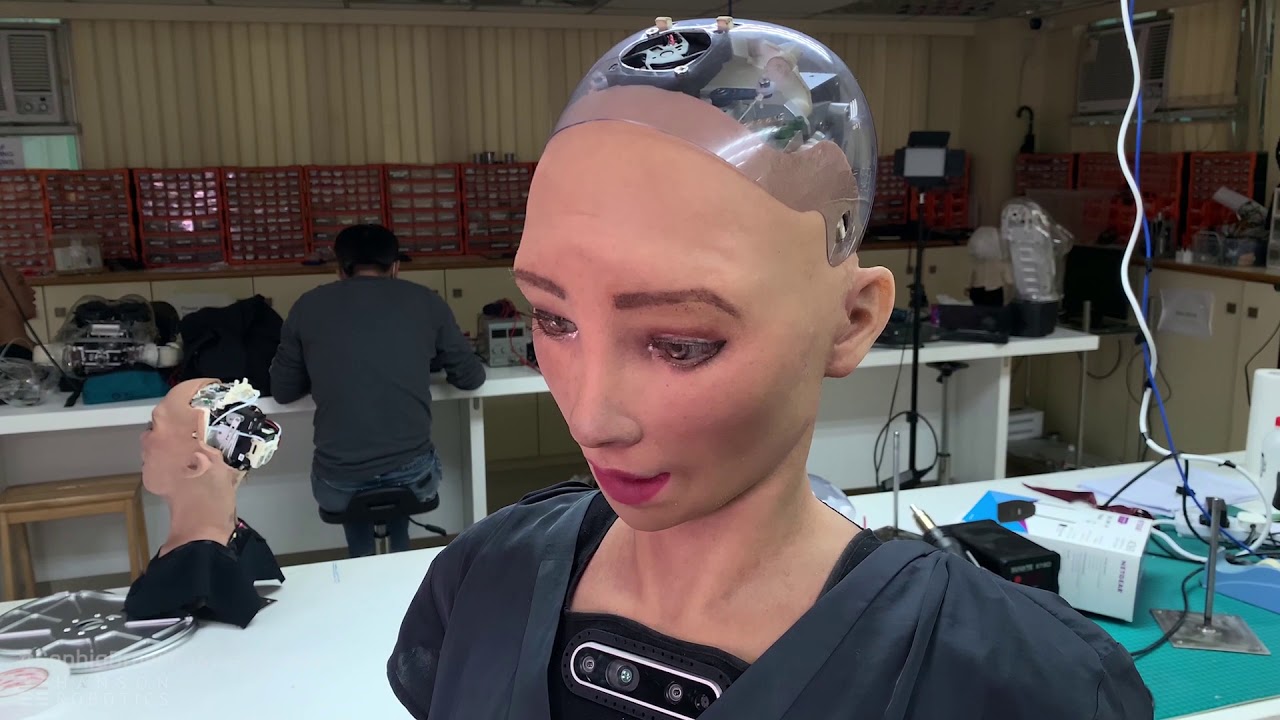Arts at MIT
For many scientists, “sensing” is the final endpoint of numerous pathways of cognition; for philosophers, it has often been the first step in the process of reason itself. Current debates center on whether neuroscience can understand cognition if the subject is constituted through an ongoing negotiation with stimulus grasped by a moving and active body, in which one signal is constantly checked against another, rather than the long-cherished binaries of excitation/inhibition, push/pull, or on/off. In short, some theorists assert that much thinking goes on outside the skull. This session explored the scientific and cultural basis for prodigious feats of muscle memory, bodily thinking, on-the-spot decision making, and human action.
Moderator: Natasha Schüll, Associate Professor of Science, Technology, and Society, MIT
Participants:
Alva Noë, Professor of Philosophy, University of California, Berkeley
Carrie Lambert-Beatty, Associate Professor of Visual and Environmental Studies and of the History of Art and Architecture, Harvard University
Tomás Saraceno, Artist
Leila Kinney, Executive Director of Arts Initiatives and the Center for Art, Science & Technology, MIT
Josh Tenenbaum, Professor of Computational Cognitive Science, MIT
Read the full transcript of Sensing — Actions, Part 1: http://arts.mit.edu/wp-content/uploads/2014/12/Symposium2014_Video-6.pdf
For more information: http://artsm.it/1BhPOTh
Source




I attended this conference. Saraceno's lecture was as fascinating and provocative as were the rest of this astonishing group of participants. His thesis, augmented by Bruno Latour and others is to hyperactivate human sensory activity by creating circumstances in which an event, aesthetic or otherwise, is more than just looking at a picture on the wall, where intense demand is made on the haptic sensory apparatus of touch at a very profound level. A decade or so ago, I saw a similar experiment conducted with houseflies able to maintain their equillibrium inside of a glass beaker whose orientation was constantly being changed. These were extremely stimulating presentations.
He was also really funny.